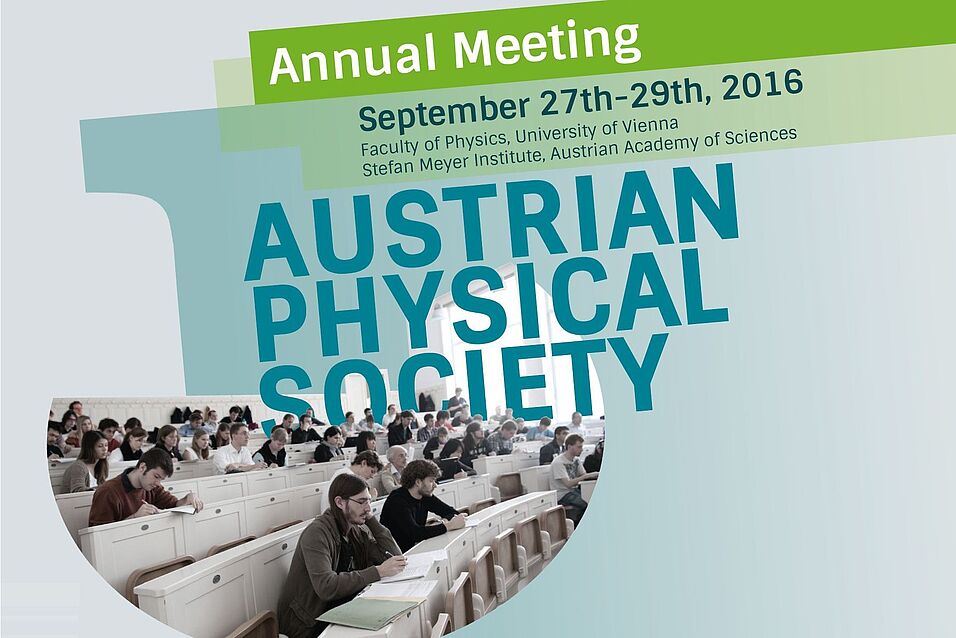Organisatoren:
Christoph Dellago (Fakultät für Physik/Universität Wien) und Eberhard Widmann (SMI/ÖAW)
Weitere Informationen entnehmen Sie bitte der Tagungs-Website.
Organisatoren:
Christoph Dellago (Fakultät für Physik/Universität Wien) und Eberhard Widmann (SMI/ÖAW)
Weitere Informationen entnehmen Sie bitte der Tagungs-Website.
